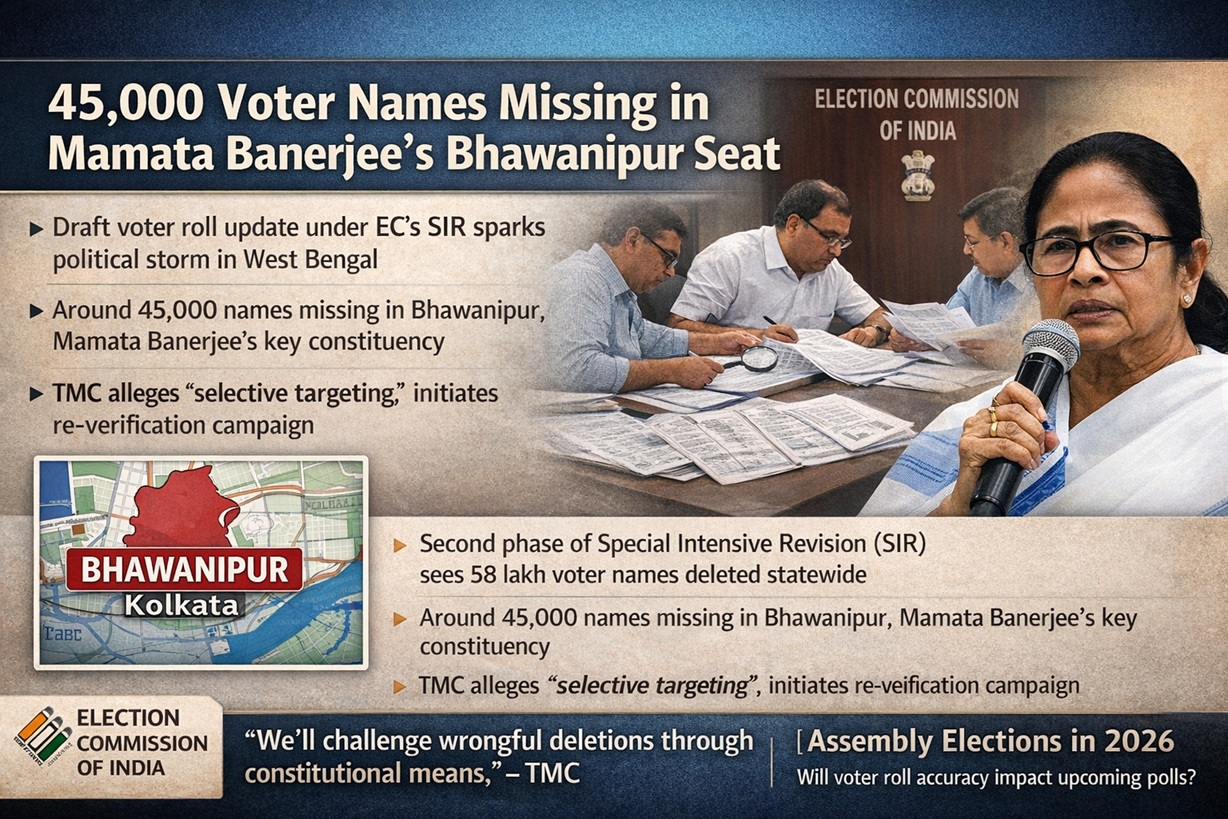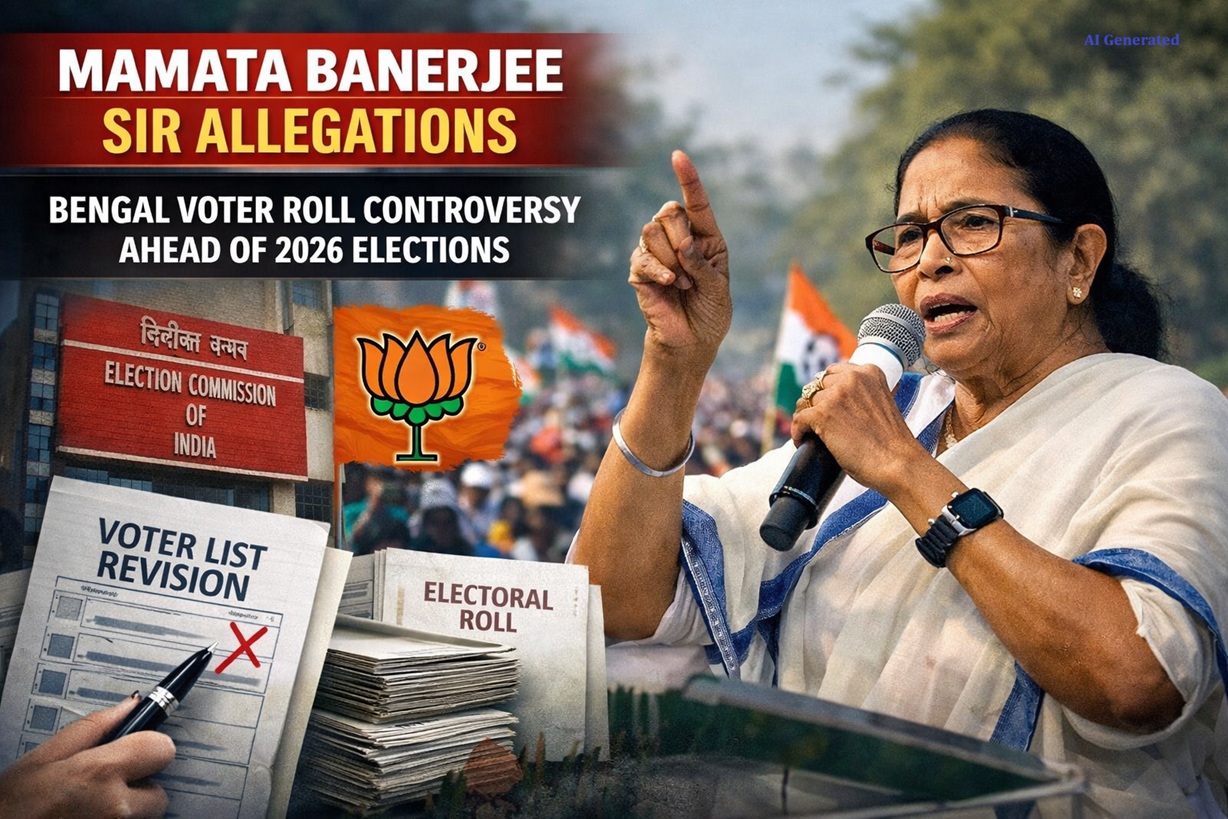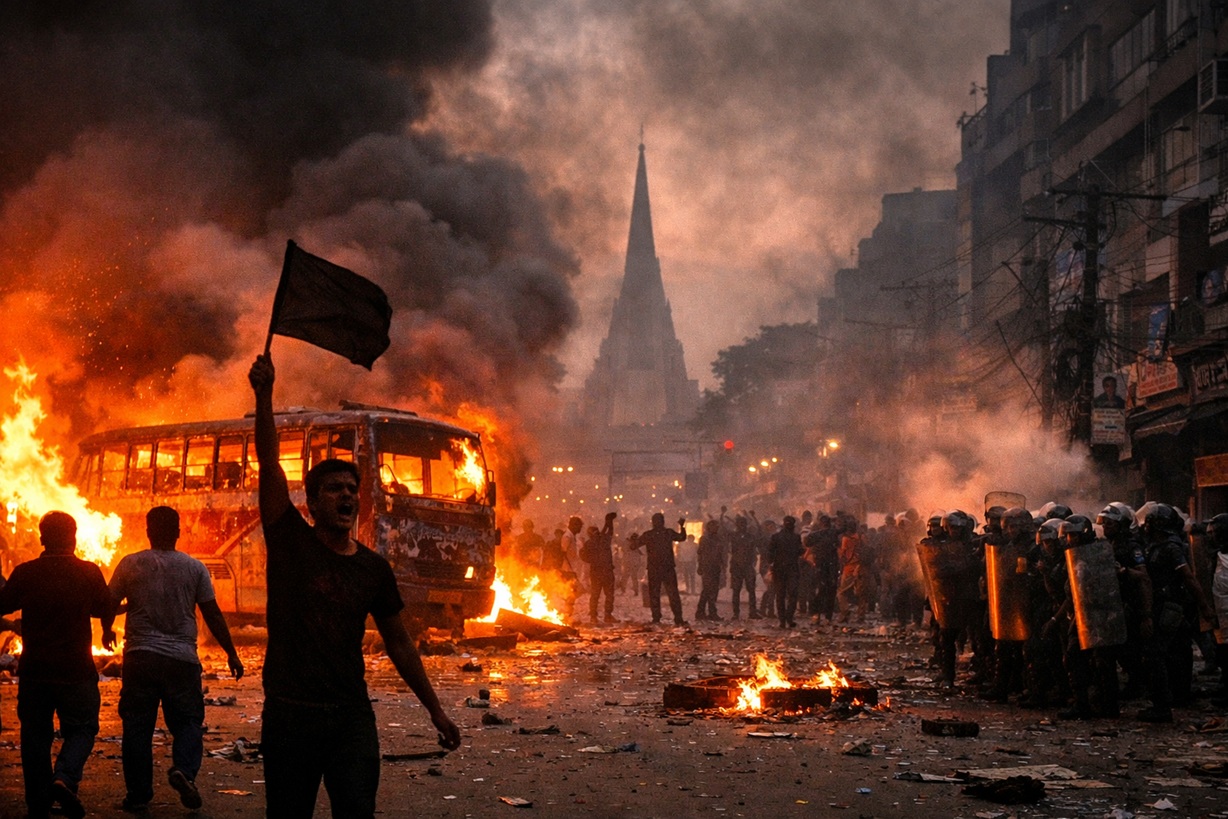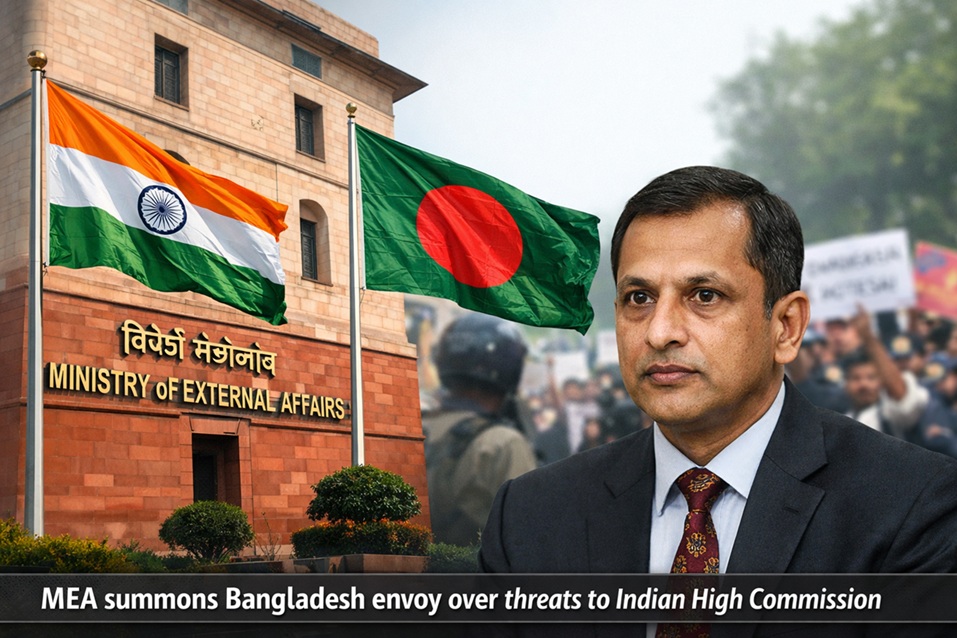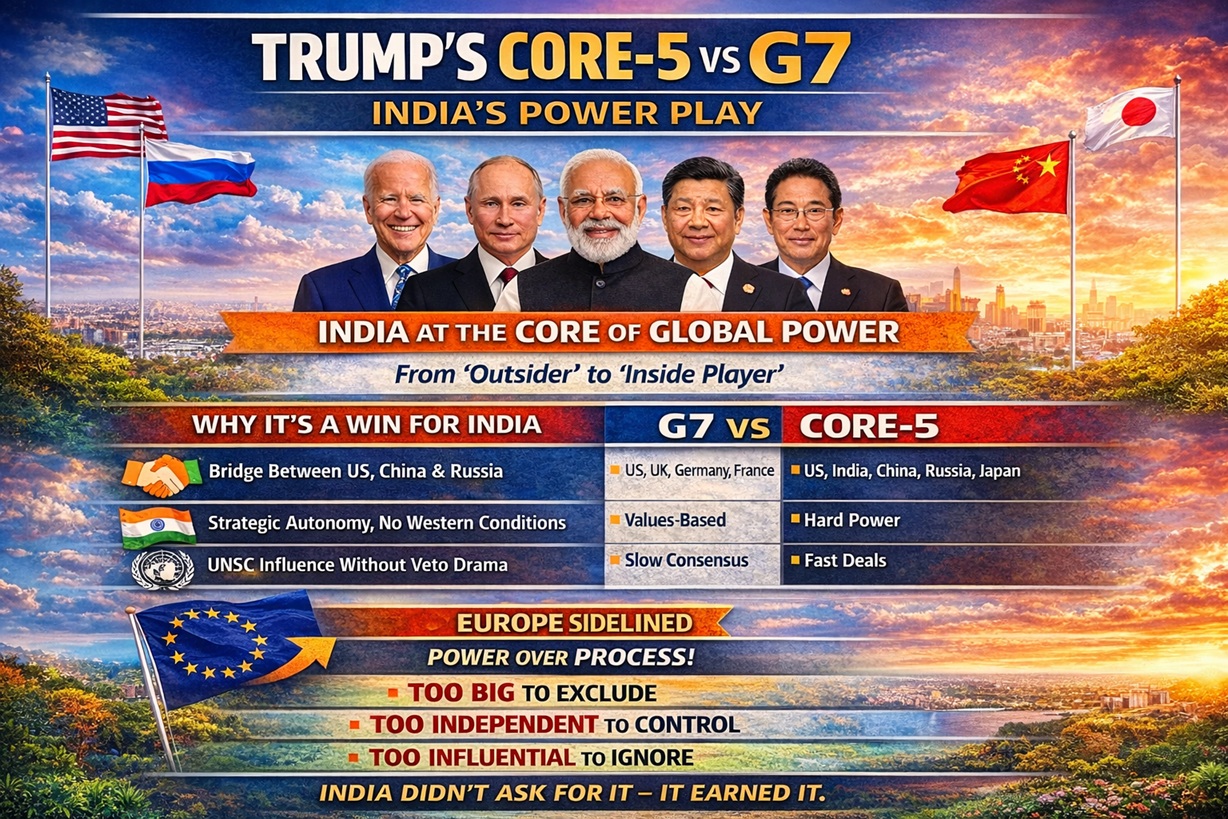Prime Minister Narendra Modi, now in his third term, has consolidated India’s influence on the world stage while maintaining a strong base domestically. His government’s policies and vision have not only boosted India’s international presence but also reshaped the internal political dynamics, leaving opposition leaders grappling to find effective countermeasures. While Modi’s popularity remains high, India’s opposition parties—led by figures like Rahul Gandhi, Arvind Kejriwal, Mamata Banerjee, Uddhav Thackeray, and Akhilesh Yadav—have struggled with unity, strategy, and leadership issues.
This article delves into the reasons behind Modi’s sustained influence and the current state of India’s opposition parties, highlighting key challenges, strategies, and realignment efforts.
Modi’s Global Influence and Domestic Popularity
Since Modi assumed office, India has seen a significant shift in its global stance. Under his leadership, India has gained respect and attention on issues ranging from climate action to digital transformation, defense, and trade. Modi’s government has pushed for strategic alliances with major countries, elevated India’s voice on international platforms, and taken firm stances on issues affecting the Indian diaspora and economy. Internally, the implementation of welfare schemes, infrastructure projects, and reforms like GST have strengthened his base, making the Modi-led government a formidable force.
The BJP’s landslide victory in successive elections reflects widespread public support, driven by an image of Modi as a decisive and reformist leader. Despite various allegations and controversies, Modi’s personal approval ratings remain high, largely due to his positioning as a figure championing national interests and stability.
Challenges Faced by the Opposition: Leadership and Unity Issues
With Modi’s influence showing no signs of waning, opposition parties have attempted to form alliances to counter the BJP’s dominance. However, these efforts have been marred by infighting, a lack of clear leadership, and ideological rifts:
Leadership Crisis in Congress
Rahul Gandhi, the principal face of Congress, has faced criticism for his leadership style, particularly his challenges in uniting different factions within his party and aligning effectively with coalition partners. While he has made efforts to present a united opposition, disagreements over strategic decisions, such as seat allocation, continue to plague Congress’s partnerships with regional parties.
Ideological Disagreements and Regional Tensions
The ideological and regional diversity within the opposition has created hurdles. For instance, the proposed caste census has polarized some alliance members, with leaders like Mamata Banerjee and Arvind Kejriwal expressing reservations. Disagreement on this issue reflects deeper ideological differences and complicates the formation of a cohesive opposition front.
Fragmented Alliances in Key States
The recent elections in states like Maharashtra, Jharkhand, and Haryana have exposed cracks within opposition alliances. In Maharashtra, where the Maha Vikas Aghadi (MVA) was once a strong coalition, Thackeray’s Shiv Sena (UBT), Congress, and the NCP have faced internal struggles and lack a united front, which has left BJP in a stronger position. Similarly, opposition parties struggled to coordinate effectively in Haryana, where Aam Aadmi Party (AAP) contested separately.
Personal Ambitions and Rivalries
Personal rivalries among key opposition figures have also prevented unified strategies. Kejriwal’s reluctance to ally with Congress in Delhi or Haryana, and the power tussles between Congress and regional leaders like Akhilesh Yadav, illustrate the hurdles posed by individual ambitions. This lack of trust undermines alliance-building and shifts public perception toward Modi as the more stable choice.
Realignment Efforts: New Political Strategies and Challenges
Despite these challenges, opposition parties continue to explore realignment possibilities, especially with upcoming elections on the horizon. Key strategies and developments include:
Localized Alliances and Tactical Seat-Sharing
In states where BJP has a weaker presence, opposition parties are attempting to form local alliances to capitalize on regional dynamics. However, seat-sharing negotiations have been contentious, particularly in Maharashtra, Jharkhand, and Haryana, where Congress and other parties have faced disputes over representation and campaign priorities.
Focus on Social Justice and Caste Census
Some opposition parties have emphasized social justice issues, particularly the caste census, to consolidate support from marginalized communities. Congress recently advocated for caste-based reservations in Telangana and Karnataka, sparking discussions among allies. However, Kejriwal, Banerjee, and Pawar’s resistance to the caste census underscores ideological divides within the opposition on critical policy matters.
Resurgent Leadership and Youth Mobilization
Leaders like Akhilesh Yadav in Uttar Pradesh and Tejashwi Yadav in Bihar have aimed to energize youth through targeted campaigns and emphasize governance reforms. By appealing to regional sentiments, these leaders are hoping to counter BJP’s central dominance. However, sustaining such momentum without robust national support remains a challenge.
The Road Ahead: Future Prospects for Modi and the Opposition
With the next general election cycle approaching, the political future of Modi and the opposition hinges on several key factors:
Modi’s Continued Popularity and BJP’s Strategic Focus
As long as Modi retains his popularity, the BJP’s centralized strategy and strong organizational structure are likely to give them an edge. The party’s recent successes have emboldened it to aim for wider influence in states historically challenging for BJP, such as West Bengal and Kerala. BJP’s recent state-level campaigns have focused on localized issues while maintaining Modi’s image as a central figure.
Opposition’s Need for Strong Leadership and Unified Vision
For opposition alliances to gain traction, they must address their leadership challenges and align on core issues. A charismatic leader, clear policy platforms, and transparent decision-making will be essential for sustaining public trust and countering BJP’s influence. As discussions continue around a rotating leadership model within the opposition, figures like Kejriwal and Banerjee have emerged as potential unifiers, though their ambitions must align for a coherent strategy to materialize.
Impact of Upcoming State Elections on Alliance Dynamics
Upcoming state elections in Maharashtra, Jharkhand, and Haryana are being viewed as litmus tests for the opposition. These elections will reveal the effectiveness of current alliances and serve as indicators of public sentiment toward both the opposition and the Modi government. Losses in key states could spark further fragmentation within the opposition, while victories could incentivize stronger coordination ahead of the 2029 general elections.
Conclusion
Under Modi’s leadership, India continues to strengthen its global standing and maintain a formidable domestic base. Despite Modi’s success, the opposition, facing ideological rifts and regional disagreements, has yet to present a viable alternative that resonates with voters on a national scale. As the opposition explores new alliances and strategizes for upcoming elections, they must address core issues of leadership and unity to counter Modi’s influence effectively.
Whether the opposition can consolidate its forces to form a credible front against the BJP remains uncertain. However, with the changing political landscape and evolving public sentiments, both Modi’s government and opposition leaders are likely to adapt their strategies, leading to a dynamic and unpredictable future for Indian politics.
